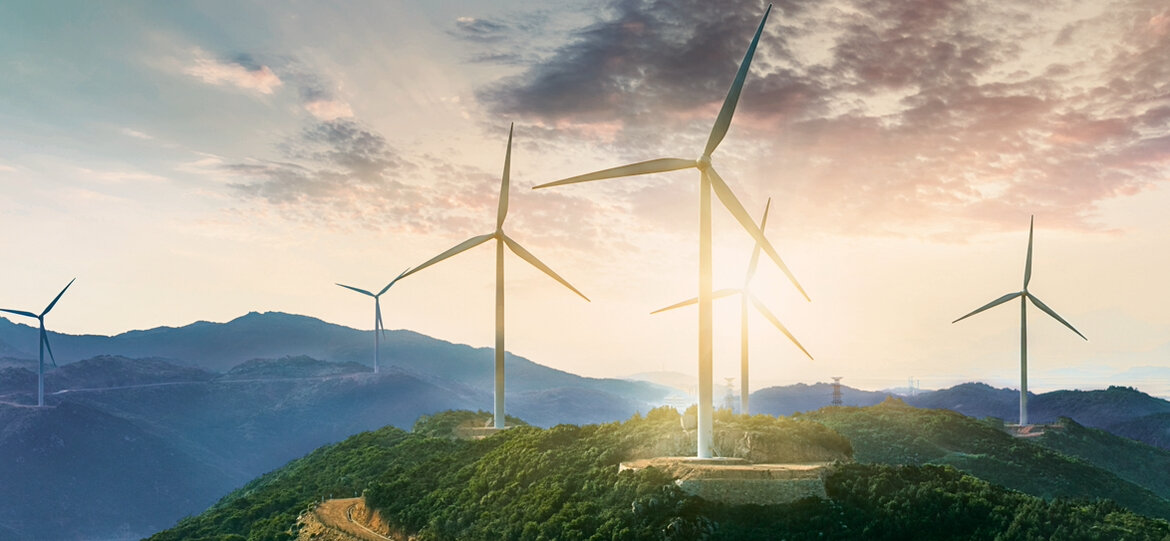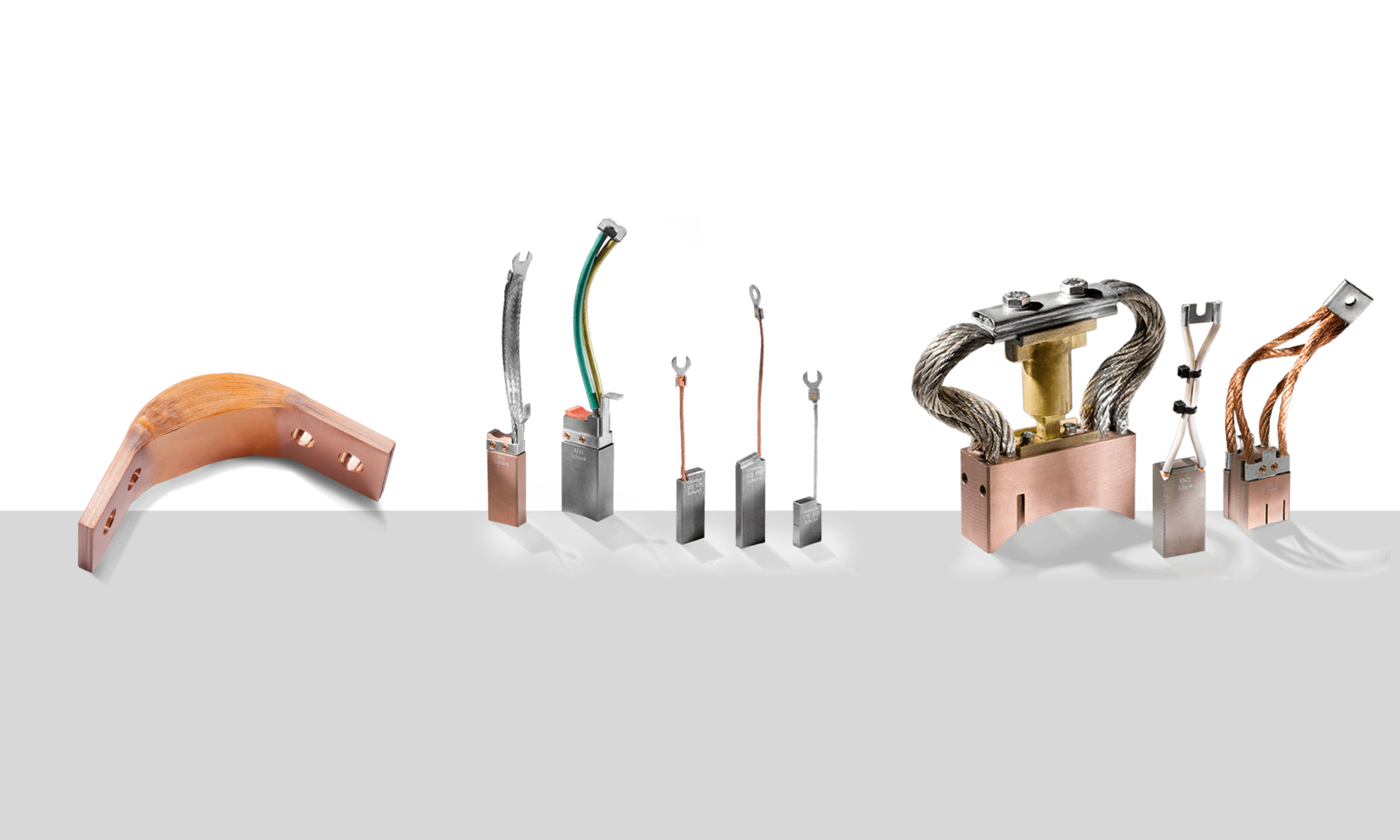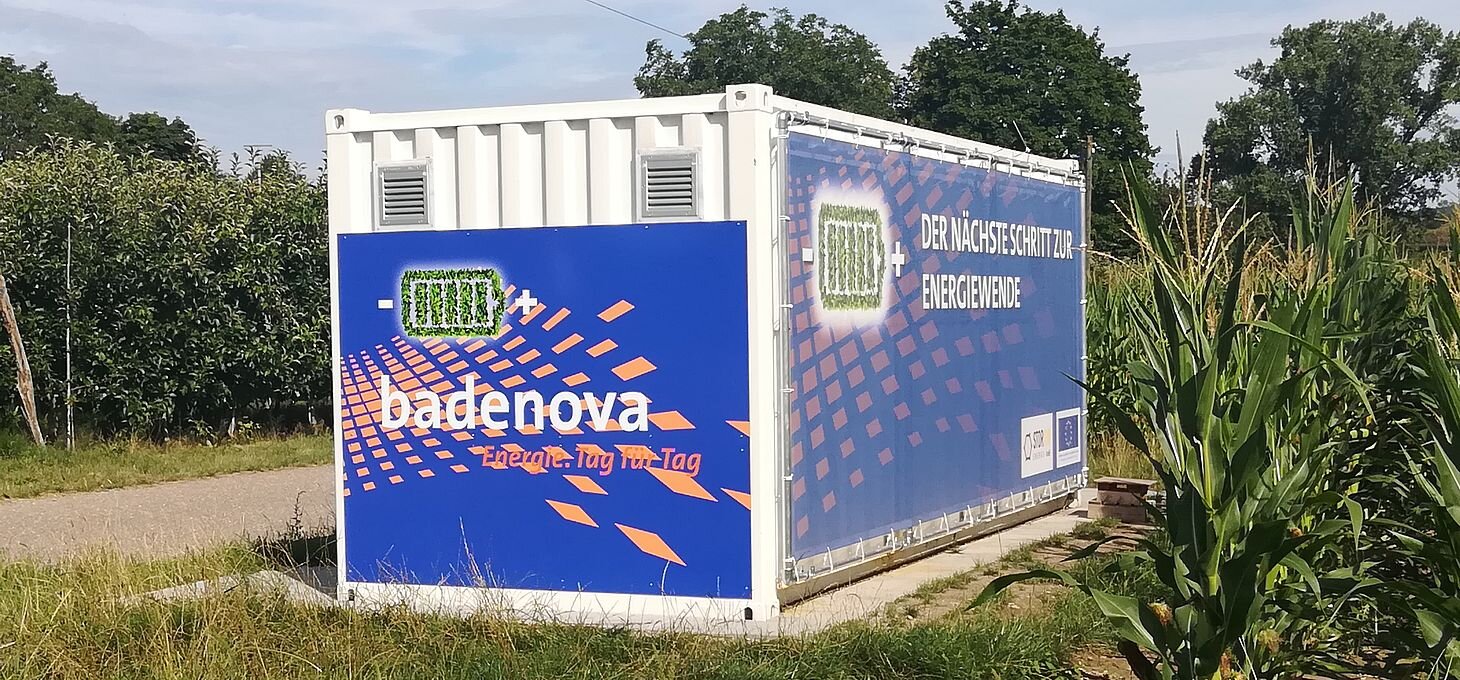Using lightning protection efficiently - Robert Castellanos in an interview
Wind is the most powerful source of energy found in nature. It has been known to be an efficient, safe and reliable resource for mankind for a long time. Heat, cold or salty and humid air at sea, however, all can have a strong negative impact on wind turbines. But solutions from Schunk ensure that not even extreme conditions can impede energy suppliers. How lightning-protection systems provide special protection even when it comes to lightning strikes explains Robert Castellanos, Strategic Business Area Manager for Wind Products.

Interview
Mr. Castellanos, wind turbines provide electricity to people all over the world. However, few people have any idea what the gentle giants have to withstand, right?
Robert Castellanos: That’s right. Wind turbines are subjected to incredible forces. The wind that they harvest continuously tugs at and jolts the rotors and the blades. Lightning strikes can also cause heavy damage. And on average, turbine can be struck by lightning several times a year. That adds up when you consider that the lifespan of the turbine is around 20 years. And the number is even higher for offshore wind farms. We all know that water and objects protruding from it present a higher risk during thunder storms. Our lightning-protection systems provide more reliability and better protection for all turbines – whether they are at sea or on land.
→ Download our White Paper "Non-swelling Carbon Brushes for Wind Power Plants" to learn how you can increase the operational reliability of your systems and optimize maintenance cycles.
Why do wind turbines need special protection systems?
Robert Castellanos: Due to the constant movement in the wind, the systems have to be flexible and be able to move with the turbine components. Ordinary lightning conductors are static and therefore not optimally suited. They are, in fact, a component of wind turbines, but our solution fits in as it can transmit on rotating intersections. We install several lightning-protection systems in our customers’ wind turbines: between the blades and the hub two and three on the hub itself. This ensures a sliding contact and a redundancy as the number of lightning strikes is not predictable.
And how are Schunk’s systems different from the systems of other manufacturers?
Robert Castellanos: Independent institutes have certified our products and thus confirm that our lightning-protection conforms to the highest lightning-protection class and fulfill the strictest standards. Hence, our customers reliably minimize the threat of damage, repair expenses and downtime to their wind turbines. After all, time-consuming and costly repairs cut significantly into the profitability of a wind farm. With our broad portfolio of carbon components, we improve the operational reliability of the turbines, optimize maintenance intervals and considerably reduce noise emissions.
Weather extremes are becoming more and more a topic worldwide. Are the operators of wind turbines prepared for this yet?
Robert Castellanos: Countries and regions that are already feeling the impact of extreme weather, such as India, are already requiring a minimum of lightning-protection class II. Our lightning-protection systems go a step further and even fulfill class I. Lightning-protection class specifies a maximum peak value of lightning current of 200 kilo-ampere and a strike probability of 98 percent. It applies, for example, to computer centers, military areas, nuclear power plants and other highly-sensitive areas. Insurance companies are also upping the pressure to provide better protection – a development that one has been able to observe, for instance, in earthquake-prone regions like Japan for quite some time.
Certification is an important argument for your customers. How good is the collaboration in other areas?
Robert Castellanos: Ideally, our experts are involved as early as the planning phase of a wind-energy farm. That allows us to integrate our products in 3D models and take the respective particulars into consideration. Our solutions are equally well suited for doubly-fed systems and synchronous generators as well as for every kind of turbine size. So teamwork right from the start is really sensible for achieving ideal results.




